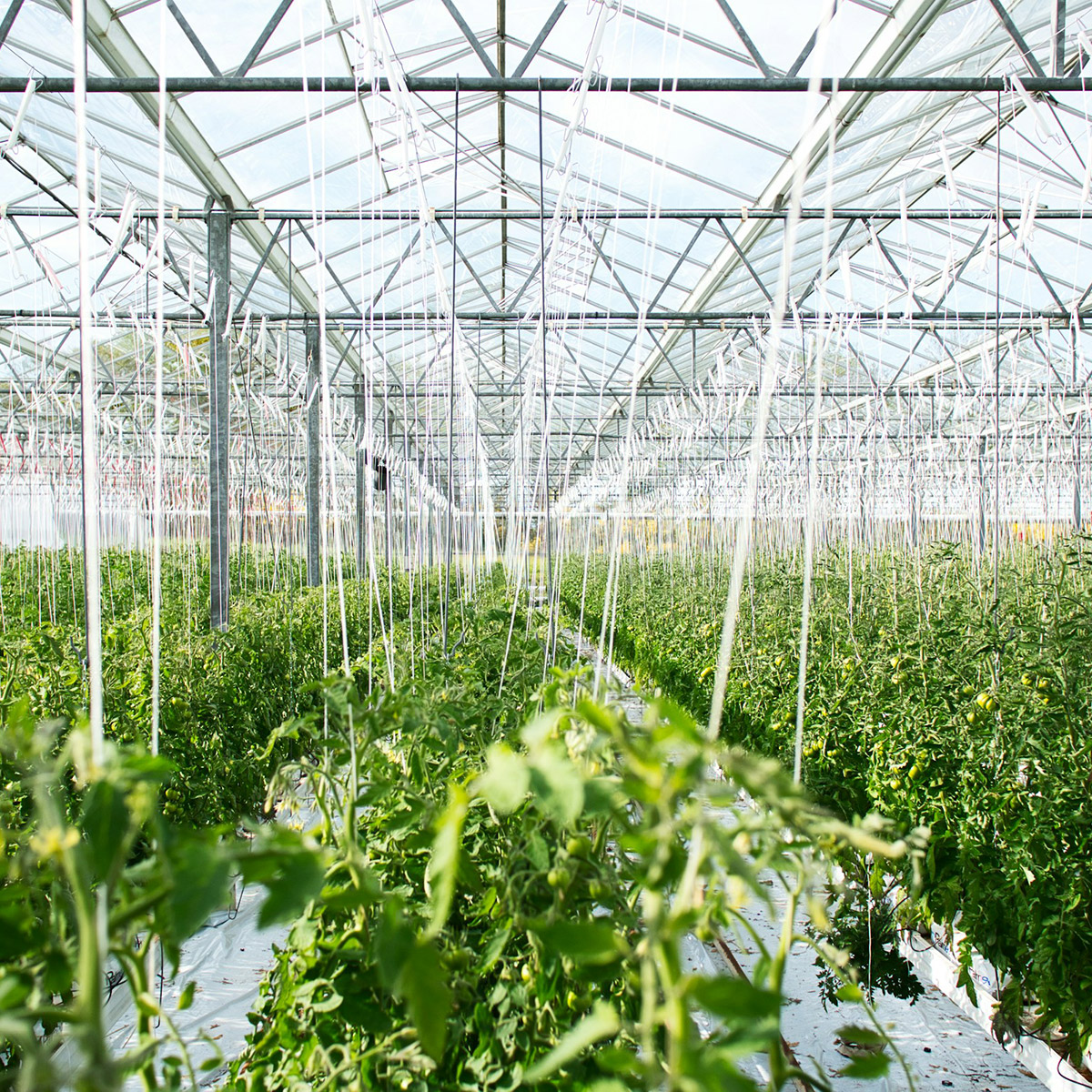Faculty

Staff

Agriculture teachers rarely experience the same day twice. One day they might be in a classroom or laboratory, while the next day they are visiting students in the field. They may spend a day preparing teams for a Future Farmers of AmericaTM Career Development Event, or leading a community service activity with an FFA Chapter.
Agricultural education teaches future educators about agriculture, food and natural resources. Through these subjects, agricultural educators teach students a wide variety of skills, including science, math, communications, leadership, management and technology.
Potential jobs for graduates with a degree in agricultural education include teaching high school agricultural science, agriculture literacy coordinator, agricultural education professor, farm business management instructor, two-year technical college agriculture instructor, adult agricultural education instructor and more.

According to the Bureau of Labor Statistics, overall employment of postsecondary teachers is projected to grow 8 percent from 2022 to 2032, faster than the average for all occupations.
About 118,800 openings for postsecondary teachers are projected each year, on average, over the decade. Many of those openings are expected to result from the need to replace workers who transfer to different occupations or exit the labor force, such as to retire.
Projected employment of postsecondary teachers varies by occupation (see table). Both part-time and full-time postsecondary teachers are included in these projections.
The number of people attending postsecondary institutions is expected to grow over the projections decade. Students will continue to seek higher education to gain the knowledge and skills necessary to meet their career goals. As more people enter colleges and universities, more postsecondary teachers will be needed to serve these additional students. Colleges and universities are likely to hire more part-time teachers to meet this demand. In all disciplines, there is expected to be a limited number of full-time nontenure and full-time tenure positions.
A growing number of older people, who are more likely than young people to need medical care, will create increased demand for healthcare. More postsecondary teachers are expected to be needed to help educate workers who provide healthcare services.
However, despite expected increases in enrollment, employment growth in public colleges and universities will depend on state and local government budgets. If budgets for higher education are reduced, employment growth may be limited.
The U.S. Bureau of Labor Statistics lists the median annual wage for postsecondary teachers was $80,840 in May 2022. The median wage is the wage at which half the workers in an occupation earned more than that amount and half earned less. The lowest 10 percent earned less than $47,370, and the highest 10 percent earned more than $173,730.

